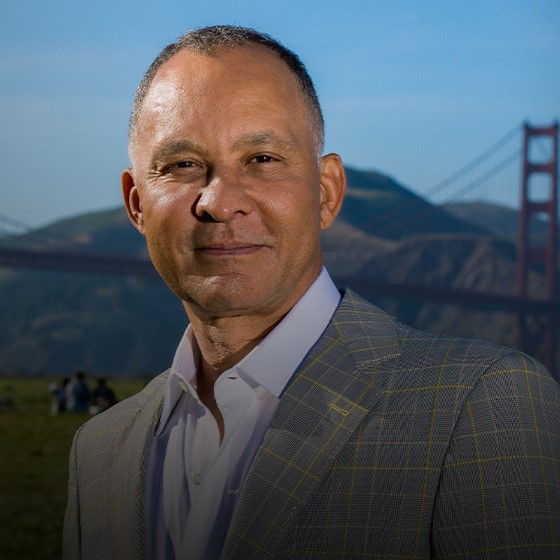
Gynecomastia is also referred to as man boobs or moobs and is a complex physiological condition. The most effective and permanent solution is gynecomastia surgery to remove the excess glandular tissue and subcutaneous fat from the chest. On occasion, non-surgical options and medications may offer a solution. However, medication will normally only provide a temporary fix and gynecomastia will usually return if treatment is discontinued.
For a large percentage of men, non-surgical gynecomastia treatments will not provide an effective enough solution. If you want to try non-surgical treatment for gynecomastia, keep reading for a breakdown of which treatments might help.
Types of Gynecomastia
Non-surgical treatment options may work for a small percentage of men. The most appropriate method will depend on the type of gynecomastia that has been diagnosed.
Gynecomastia is typically classified into three types:
- True gynecomastia, caused by glandular parenchyma — excess glandular tissue.
- Pseudogynecomastia, caused by hypertrophy of fat.
- Mixed gynecomastia, a combination of glandular parenchyma and hypertrophy of fat.
Before considering a surgical approach to male chest reduction, a correct diagnosis of the cause of gynecomastia is essential.
Non-Surgical Treatments for True Gynecomastia
True gynecomastia, also referred to as real gynecomastia, results from excess glandular tissue. This tissue gives the chest a feminine appearance, resulting in what is often called man boobs. Enlargement of glandular tissue is the most challenging type of gynecomastia to treat without surgery.
Currently, no medications are approved by the FDA to treat gynecomastia. When the FDA has not approved a medication for a specific use, it is usually due to a lack of proven results from evidence-based research and comprehensive data. However, the use of this type of medication is still permitted and is referred to as “off-label” use.
The below medications can be used for the treatment of gynecomastia, although in most cases, gynecomastia will return within six months following discontinuation of the medication.
Gynecomastia Treatment Medication Summary
Clomiphene (Clomid)
Clomiphene is a synthetic chemical taken orally that has been shown to partially reduce glandular tissue for approximately 50% of patients. Complications such as nausea, skin irritation, nipple tenderness, visual disturbances, decline in sperm count, and testicular atrophy (shrinkage) may occur using clomiphene.
Tamoxifen (Nolvadex)
Tamoxifen is another oral medication and a type of selective estrogen receptor modulator (SERM). Research has shown that treatment with tamoxifen only resulted in a marginal decrease in glandular tissue. Complications recorded during the use of tamoxifen include nausea, fatigue, headaches, skin rash, weight gain, hair loss, and erectile dysfunction.
Anastrozole (Arimidex)
Anastrozole is an aromatase inhibitor that can treat gynecomastia in puberty; when used later, the reduction of glandular tissue is significantly decreased. Another use of anastrozole is for gynecomastia caused by anabolic steroid use. Common complications include reduced bone density, chronic joint pain, nausea, vomiting, and fatigue.
Testosterone Replacement Therapy
Testosterone replacement therapy (TRT) can be taken in various ways, including intramuscular injections, gel, and in a stick form that is applied to underarms. There is limited research into the effectiveness, and it is not suitable for men who have prostate or breast cancer, persistent urinary tract problems, or sleep apnea.
Before starting testosterone replacement therapy, men should have screening for prostate cancer. Complications associated with testosterone replacement therapy include elevated risk of heart attack, stroke, prostate-specific antigen (PSA), and blood clots. Other complications include mood swings and heightened aggression, decline in sperm count, and testicular atrophy (shrinkage).
Anabolic Steroids and Gynecomastia
Bodybuilders that use anabolic steroids will often find that one of the side effects is the development of gynecomastia. This is true gynecomastia and a result of the growth of glandular tissue. Often nipples will point down, and in extreme cases, the pecs will look more like female breasts. Clearly, this is distressing when the goal is to achieve a muscular-looking chest with defined pecs.
Discontinuing the use of steroids may help to prevent further growth of glandular tissue. To remove glandular tissue that has already developed surgical procedures for anabolic steroid-induced gynecomastia is the only real option.
Non-Surgical Ways to Reduce Symptoms of Pseudogynecomastia
Pseudogynecomastia is when hypertrophy of fat in the chest area gives the appearance of breast tissue or man boobs. This occurs in men that are overweight and can be reduced with a corrective diet and exercise to burn calories and decrease subcutaneous fat. When hormone levels are not balanced, some men find that avoiding certain foods could change estrogen levels and may also impact the growth of glandular tissue,
Cardiovascular aerobic activity is one of the fastest ways to burn calories and involves any exercise that elevates the heart rate. A balanced diet, exercise, and reaching a healthy BMI are important for both physical and mental health. Unfortunately, even after weight loss, many men do not notice any real visible difference in the amount of fat on their chest or the overall shape of their chest area.
Non-Surgical Ways to Treat Mixed Gynecomastia
Mixed gynecomastia may be treated with a combination of medication to reduce glandular tissue and weight loss to decrease fat. Often mixed gynecomastia causes a lack of motivation to exercise and stick with a balanced diet, as there is a reliance on the medication used.
Due to the limited reduction in the chest area due to weight loss, it can also be difficult to measure the effectiveness of treatment with medication. When weight loss does not result in a significant loss of chest fat, even if the medication reduces glandular tissue, there is unlikely to be a significant change in the shape of the chest.
Do Estrogen Blockers and Nutritional Supplements Reduce Gynecomastia?
There are numerous claims online made by nutritional supplement companies. One of the most common myths is that estrogen blockers will reduce gynecomastia. High estrogen levels in men have been linked to insulin resistance and weight gain. Insulin resistance is not resolved by taking estrogen blockers which is why they do not reduce gynecomastia.
Gynecomastia Surgery
Surgical solutions currently provide the most reliable, fastest, and permanent solution for gynecomastia. With advanced techniques and minimal scarring, there is no need to be afraid of surgery.
For personalized information about gynecomastia plastic surgery procedures, please complete Dr. Delgado’s inquiry form.
Miguel Delgado, M.D., F.A.C.S is a world-renowned Board-Certified Plastic Surgeon granted by the American Board of Plastic and Reconstructive Surgery and a member of the American Society of Plastic Surgery and Aesthetic Society. Dr. Delgado has a surgical practice solely dedicated to cosmetic plastic surgery. He specializes in gynecomastia surgery and is the medical director of Gynecomastia.org, the oldest and largest gynecomastia forum dedicated to supporting, educating, and providing solutions for men with breast enlargement. Dr. Delgado celebrates 30 years of practice in San Francisco, California. He was voted the “Best Plastic Surgeon of 2017-2020.”

